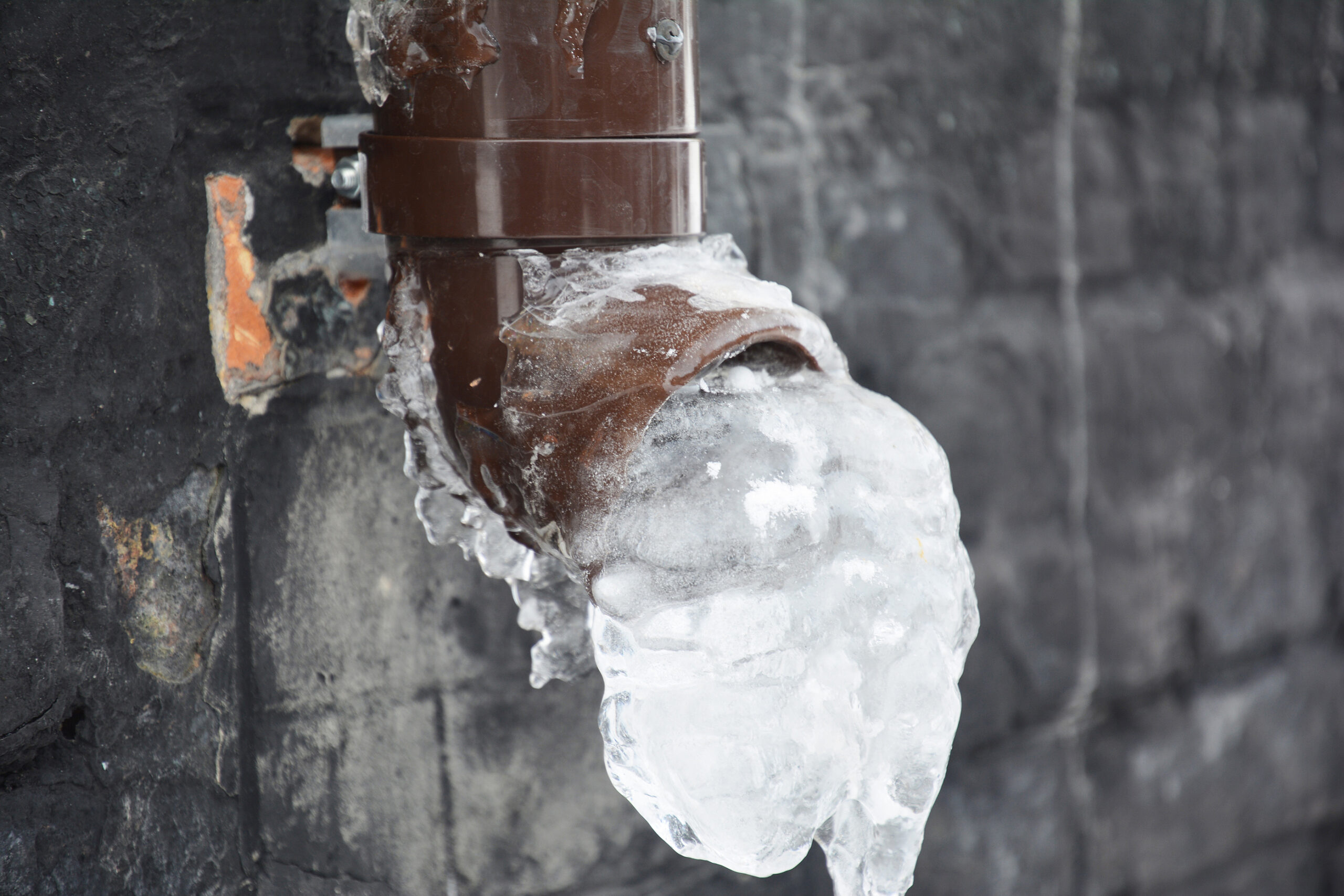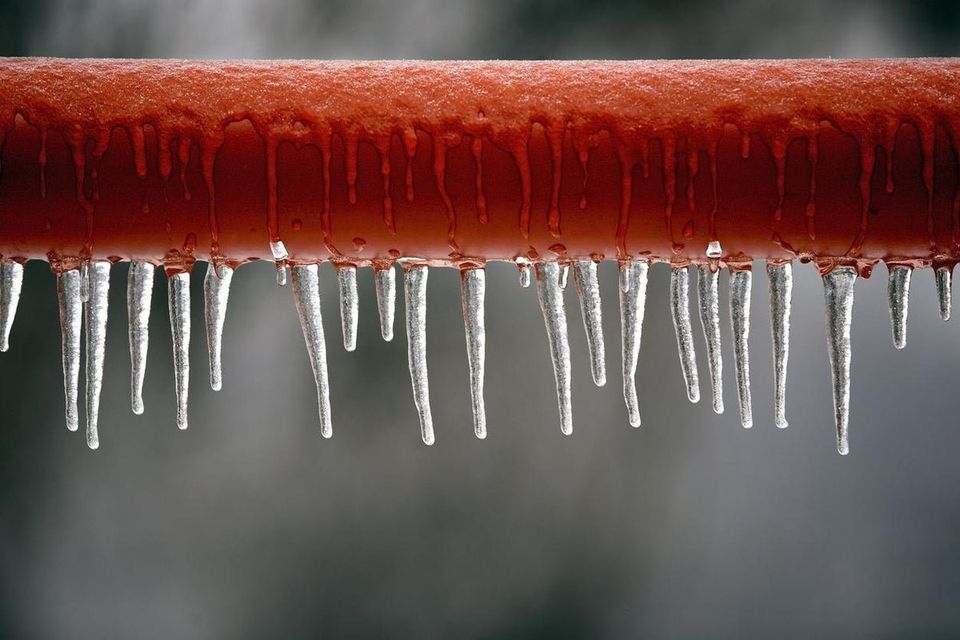The author is making several good points on Preventing and dealing with frozen pipes as a whole in this article directly below.

Winter can damage your plumbing, specifically by freezing pipes. Below's exactly how to prevent it from taking place and what to do if it does.
Introduction
As temperatures decline, the risk of icy pipes boosts, potentially causing pricey repair work and water damages. Understanding how to avoid icy pipelines is important for home owners in cold climates.
Comprehending Icy Pipelines
What causes pipelines to freeze?
Pipelines freeze when revealed to temperatures listed below 32 ° F (0 ° C) for extended periods. As water inside the pipelines freezes, it broadens, taxing the pipe wall surfaces and potentially creating them to burst.
Dangers and problems
Icy pipes can result in water disruptions, residential property damages, and expensive repair work. Ruptured pipelines can flood homes and cause comprehensive structural damages.
Indications of Frozen Piping
Identifying frozen pipes early can avoid them from breaking.
Just how to determine icy pipelines
Look for decreased water circulation from taps, uncommon smells or noises from pipes, and visible frost on revealed pipelines.
Avoidance Tips
Protecting prone pipes
Wrap pipelines in insulation sleeves or make use of warm tape to safeguard them from freezing temperature levels. Focus on pipes in unheated or external locations of the home.
Heating strategies
Maintain interior rooms properly warmed, particularly locations with plumbing. Open up cabinet doors to enable warm air to flow around pipes under sinks.
Shielding Outside Pipes
Garden tubes and outdoor faucets
Detach and drain garden tubes before winter season. Mount frost-proof spigots or cover outside taps with insulated caps.
What to Do If Your Pipelines Freeze
Immediate actions to take
If you presume icy pipes, keep taps open up to alleviate pressure as the ice thaws. Make use of a hairdryer or towels soaked in warm water to thaw pipelines gradually.
Long-Term Solutions
Architectural adjustments
Consider rerouting pipelines away from outside wall surfaces or unheated areas. Include extra insulation to attics, cellars, and crawl spaces.
Upgrading insulation
Purchase top notch insulation for pipelines, attics, and wall surfaces. Appropriate insulation helps preserve constant temperatures and decreases the danger of icy pipelines.
Conclusion
Stopping icy pipelines requires positive procedures and fast reactions. By understanding the reasons, indications, and safety nets, home owners can secure their plumbing throughout winter.
5 Ways to Prevent Frozen Pipes
Drain Outdoor Faucets and Disconnect Hoses
First, close the shut-off valve that controls the flow of water in the pipe to your outdoor faucet. Then, head outside to disconnect and drain your hose and open the outdoor faucet to allow the water to completely drain out of the line. Turn off the faucet when done. Finally, head back to the shut-off valve and drain the remaining water inside the pipe into a bucket or container. Additionally, if you have a home irrigation system, you should consider hiring an expert to clear the system of water each year.
Insulate Pipes
One of the best and most cost-effective methods for preventing frozen water pipes is to wrap your pipes with insulation. This is especially important for areas in your home that aren’t exposed to heat, such as an attic. We suggest using foam sleeves, which can typically be found at your local hardware store.
Keep Heat Running at 65
Your pipes are located inside your walls, and the temperature there is much colder than the rest of the house. To prevent your pipes from freezing, The Insurance Information Institute suggests that you keep your home heated to at least 65 degrees, even when traveling. You may want to invest in smart devices that can keep an eye on the temperature in your home while you’re away.
Leave Water Dripping
Moving water — even a small trickle — can prevent ice from forming inside your pipes. When freezing temps are imminent, start a drip of water from all faucets that serve exposed pipes. Leaving a few faucets running will also help relieve pressure inside the pipes and help prevent a rupture if the water inside freezes.
Open Cupboard Doors
Warm your kitchen and bathroom pipes by opening cupboards and vanities. You should also leave your interior doors ajar to help warm air circulate evenly throughout your home.

I came across that piece of writing on Winter Plumbing Precautions: Preventing Frozen Pipes while scouting around the internet. Do you know somebody who is serious about the niche? Please feel free to promote it. We cherish reading our article about Preventing and dealing with frozen pipes.
Try Here